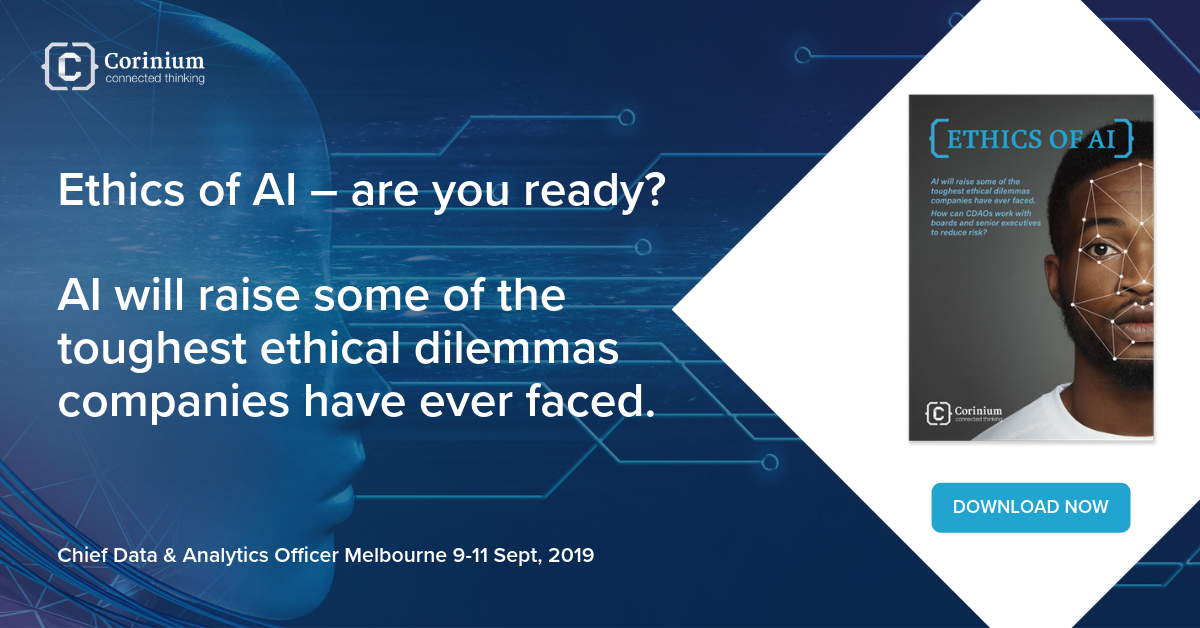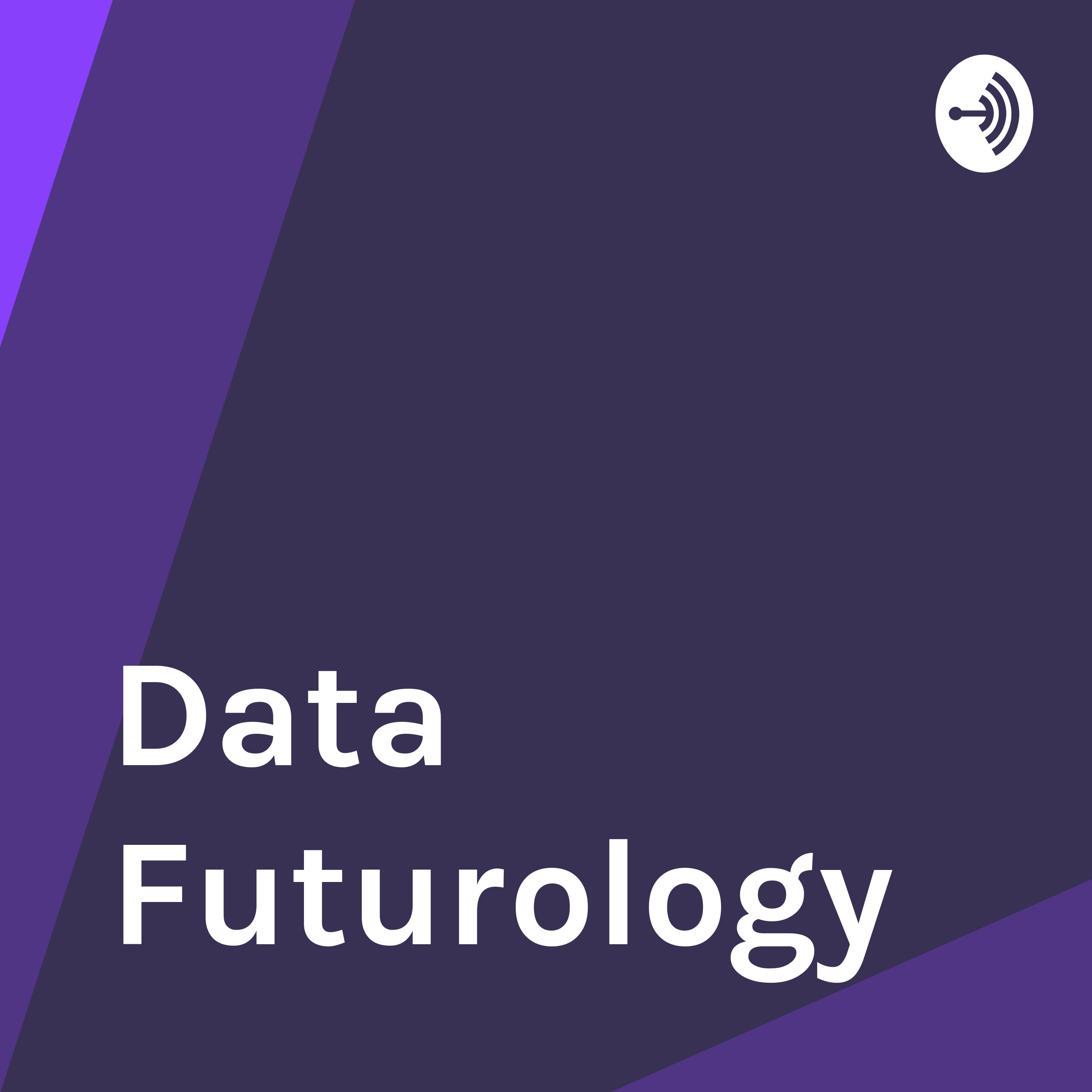Ahead of the Chief Data & Analytics Officer (CDAO) New Zealand, we caught up with Paulo Gottgtroy, Chief Data Scientist at Inland Revenue New Zealand to discuss how advanced analytics can be used to retain existing customers and attract new ones, how companies keep track of their customers across different organisations as well as the key challenges faced by real-time customer interaction.
When retaining existing customers and attracting new customers, how can advanced analytics help?
In many areas but I would oversimplify saying that Know Your Customer (KYC) is an area where advanced analytics is making great progress. Moving from a compliance lens to actually and fully understanding your customer and related journey brings opportunities to find the “best next interaction” in every single micro moment. In consequence, advanced analytics can be applied to influence customer behaviour at a very granular level, the introduction of graph analytics, for example, makes recommendation a way more attractive and effective technology to retain and attract customers than simple click-stream analysis can do.
Is there a link between business performance and customer satisfaction? Why should organisations care?
I would see this question as a very straight forward one: if you still can’t see the link between the two then your organisation should be very worried, if you will. Making a bit more explicit statement, if your organisation is still discussing that then it means that your competitors might be way ahead of you. As I briefly mentioned in the previous question understanding your customer is the core fabric for performance along with a decision management strategy and an experimentation enterprise mind-set.
Customers have many connections with organisations, how do companies keep track?
I am afraid I may become repetitive so let me try to create a quick framework. You should be mapping the customer journey, that journey will then show all possible interactions you may have with your customer, from that point you have identified the many opportunities to influence your customer experience, so far so good and you should be applying design principles to do that. Now is time for advanced analytics, keeping tracking of that becomes a computing question so, and trying to avoid oversimplification and buzzy words, you should use the best “database” technology to track the interactions (many techy questions will appear here such as real time vs right time processing), modelling and optimization become your best combination as your goal is a mixture of finding the best answer to the micro-moment without losing the view that your main goal is to optimize the total customer experience. Essentially, you keep track of the connections as a journey where your goal is to optimize the customer experience not the local processes or moments. Let me give you a banking example, there is no point in optimizing a credit card experience if you don’t understand your mortgage experience. I mean, this could be become a two-hours discussion so just think about your customer and not about the credit account number, if you will.
What are the main challenges and solutions for real-time customer interaction?
The word real-time here is the key. If you need real-time, you should go really deeper here to understand this need, then there are enough technology that can be built to process stream data nowadays but the real deal is going to be how your model the customer experience. I would need to talk a lot about decision management principles to cover all aspects of this question but from an advanced analytics point of view the main challenge is having the right data granularity to model each single interaction. The solution is a combination of, and sorry as I will need to talk a bit more techy here, stream processing frameworks, graph analytics, a very well design model management strategy (you can’t just think about traditional model deployment), and strong governance, privacy frameworks. Computing should be seen as an investment not a cost. Let me try to summarize, the main challenge is that this requires a complete new mind-set specially around design and computing. The solution is quite simple but it is a combination of new and innovative approaches which requires an understanding that this is a collaborative task which will bring new methods, specialities and practices together so things like DataOps, DevOps, Experimentation, decision management, design thinking etc are part of the solution but without full collaboration and business mandate the challenge may become really big.
About:

Paulo Gottgtroy, Chief Data Scientist, Inland Revenue New Zealand








